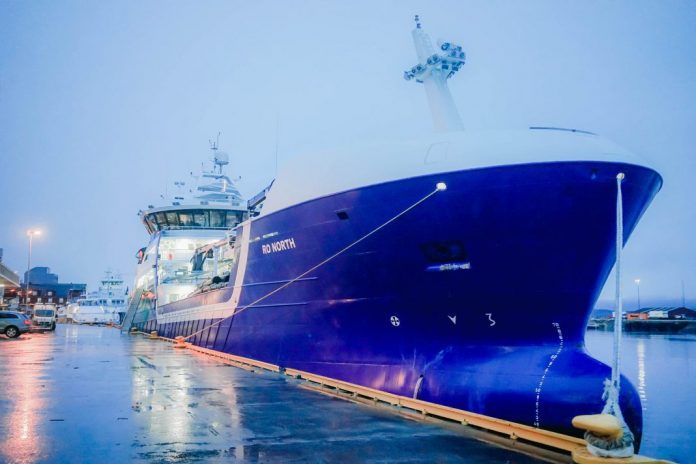Large shipping companies Rostein and Sølvtrans dominate.
The order books at wellboat yards have been jam-packed for a number of years. This specialised vessel segment has long since become a hugely valuable industry. While the few wellboats in the last decade mostly concentrated on carrying fish, the increasingly advanced vessels have been given completely different tasks.
One of the most important tasks today is delousing.
Active
More wellboats means more total activities, which in turn means that the total number of recorded mechanical treatments also increases.
The aquaculture analysis company Manolin has looked into the activities of the wellboat fleet. And there is no doubt which shipping company is most active in Norway.
“Manolin’s industry data shows that Rostein had the highest number of sites visited. The company’s boats produced nearly 28 per-cent of the total number of 2020 treatments in Norway,” Manolin chief executive Tony Chen told SalmonBusiness.
Available
“”Ro Server”, owned by Rostein, led with the highest number of treatments in 2020 (190), followed by Mowi “Star’s Seihav” (161) and Rostein’s “Ro West” (133),” he said.
“There are more and more boats available in recent years. Scaling infrastructure is proving beneficial to farmers, who have few options in the continual fight against sea lice,” added Chen.
Risk
“More boats also brings complexity to managing fish health, as more treatments—while necessary—jeopardize fish health and increase risk of disease spread like PD, ISA, and pasteurellosis in Norway,” said Chen.
“While innovations throughout Norway are developing systems at an incredible pace to minimize stress on fish and spread of disease, we’re not doing a good enough job of treating the root cause of the problem,” he added. “Why are these diseases surging in the first place?”










